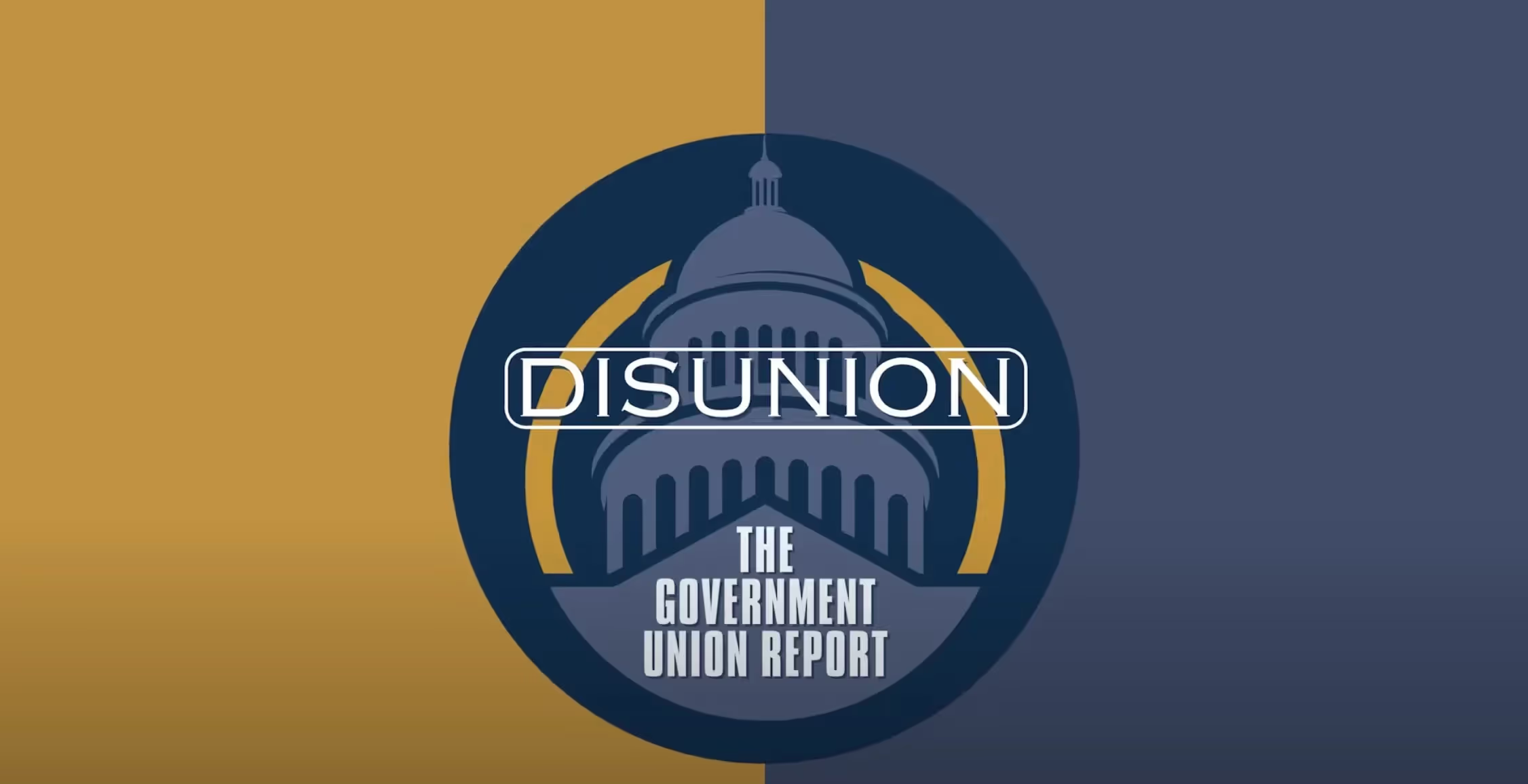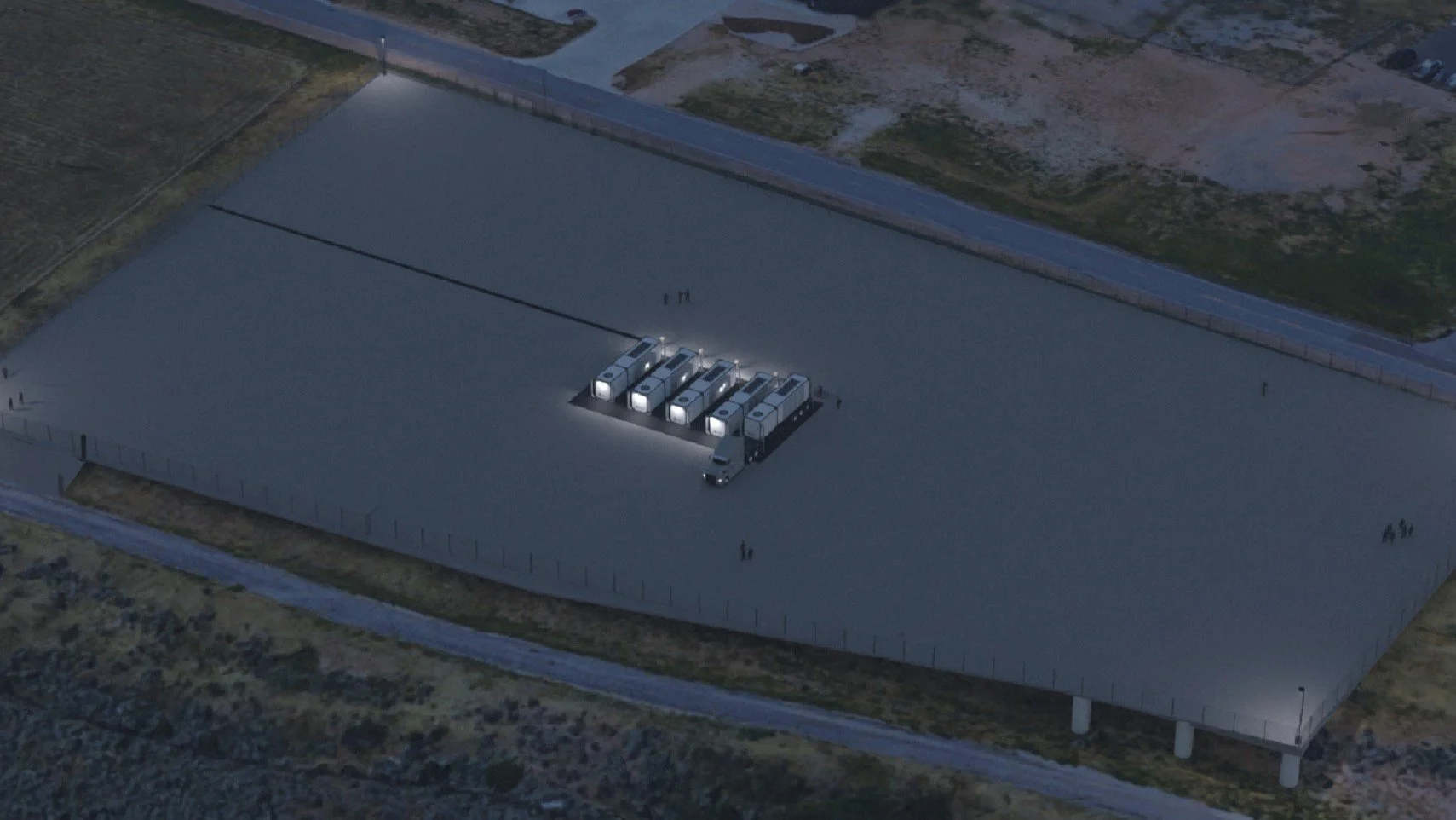
Centralized Regulation Will Not Produce a Decarbonized Future
Government regulations cannot mandate that the necessary technologies for an energy transformation miraculously appear, efforts to do so risk great hardship and dislocation.
Right in the middle of the busy holiday shopping season, the Biden Administration announced it was committing the United States to even steeper greenhouse gas emission cuts under the Paris Agreement than we had previously committed to. Even though the U.S. is not on track to meet the previously announced fifty percent emission reductions from 2005 levels by 2030 target, the Biden Administration pledged that we would cut greenhouse gas emissions by more than sixty percent below 2005 levels by 2035. The administration buttressed this announcement with additional executive actions aimed at curtailing fossil fuel energy and hamstringing the incoming administration’s energy policy goals.
The announcement may have pleased climate activists, but it is an exercise in unreality. The federal government lacks the means (or legal authority) to mandate such reductions in greenhouse gas emissions. Perhaps more significantly, even if the White House could commit the nation to such goals, they would still be far short of what is necessary to reduce meaningfully the risks global climate change poses. Like so much environmental policy today, it is costly symbolism that does not take the real policy challenge seriously.
The lame-duck Biden Administration did more than merely promise to reduce emissions. Over the holidays, the Environmental Protection Agency approved California’s request for a Clean Air Act preemption waiver that would allow it to ban the sale of gasoline-powered automobiles within the state by 2035 and dramatically restrict diesel truck sales. The Department of Energy also issued new energy efficiency standards that will prohibit most gas-powered instantaneous water heaters currently on the market. This month, the White House also announced it would prohibit future coastal oil and gas development around the continental United States and parts of Alaska. The unilateral decree covers over 600 million acres of coastal areas indefinitely. (The Biden Administration claims this prohibition is permanent, but the Trump Administration will surely challenge this pledge in federal court.)
These are the latest actions the Biden Administration has taken as part of its “whole-of-government” approach to climate change. Under this approach, they expected all federal agencies to deploy their powers to reduce greenhouse gas emissions without regard for whether they had genuine statutory authorization to take such steps. This led to a range of E.P.A. actions, including aggressive regulations under the Clean Air Act to limit greenhouse gas emissions from existing coal-fired and new gas-fired power plants.
In the absence of federal legislation expressly authorizing most greenhouse gas regulations, the Biden Administration instructed agencies to scour the pages of the U.S. Code to find provisions in extant statutes that they could deploy to curtail fossil fuel energy use and constrain greenhouse gas emissions. The Securities and Exchange Commission, for example, sought to force publicly traded companies to make broad climate-related disclosures beyond what it traditionally required under federal securities laws. In effect, the S.E.C. would force companies without sufficiently strong climate commitments to stigmatize themselves to investors. Like other aggressive Biden regulatory initiatives, this effort to pour new wine out of an old bottle is not long for this world, as the incoming administration will withdraw it if federal courts do not strike it down first. Biden’s commitment to climate change regulation surpassed his commitment to doing something meaningful about climate change from his administration’s beginning to its end.
The climate policy agenda’s premise was that greenhouse gas emissions represent a “market failure” that only government regulation can remedy. This is the same premise underlying most environmental regulation and is a recipe for failure. The idea that all private economic activity-caused negative environmental effects justify government intervention if taken seriously, would justify the government’s comprehensive control of the economy. Few (if any) activities do not produce measurable environmental effects. Yet we know that central economic planning was a disaster that threatened individual liberty and human prosperity. Ecological central planning is a far more daunting task.
To be fair, the first generation of federal environmental regulation produced some gains, though it is not clear how much federal regulations improved over state and local governments’ preexisting efforts. But the first generation of federal environmental regulation also addressed relatively easy problems as far as environmental problems go. Imposing regulatory controls on the greatest sources of the most easily identifiable pollutants is child’s play in comparison to trying to control modern civilization’s ubiquitous byproduct. The E.P.A. confronted this fact when the Obama Administration tried to subject greenhouse gases to the Clean Air Act’s permitting regime, only to discover that it would have increased the number of regulated facilities more than a hundred-fold, completely swamping the agency’s regulatory capacity.
Various sources of government failure constrain centralized government environmental regulation, and the scale and scope of the problem exacerbate these failures. And as regulators pick the low-hanging fruit, the difficulties increase dramatically. The knowledge problem, administrative transaction costs, and resource constraints on agency action all hamper traditional regulatory tools’ effectiveness in addressing widespread environmental concerns. Even if regulators overcome these difficulties and constrain traditional forms of pollution, that hardly means these tools are appropriate to address climate change’s threat.
The challenge climate change poses is not merely that a broad range of economic and other activity produces greenhouse gases. Global climate change is a global phenomenon. Mitigating future warming risks requires reducing global greenhouse gas atmospheric concentrations. Emission reductions here, if not matched elsewhere, will do little to reduce the risk, particularly as the United States is no longer the world’s leading emitter.
At the same time, there are several hundred million people around the world who lack access to reliable electricity. This need is hard to meet without increasing greenhouse gas emissions, as the cheapest and most easily available energy sources are those most responsible for emissions. Yet very little the Biden Administration (or its predecessors) sought to do would do much to expand carbon-free energy to the parts of the world in greatest need. Issuing federal regulations and presidential decrees is no measure of commitment to address climate change.
Reliance on renewable energy has increased dramatically in recent years, but it is still nowhere near what is necessary to meet current (let alone projected) energy demand here or around the world. Recent impressive technological advances still fall short of what modern civilization needs to power and extend its benefits to still-developing nations. As noted, energy analyst Vaclav Smil warns, “complete decarbonization of the global economy by 2050 is now conceivable only at the cost of unthinkable global economic retreat or as a result of extraordinarily rapid transformations relying on near-miraculous technical advances.” A serious climate change approach must confront and recognize this fact.
We require nothing short of a technological revolution to stabilize global greenhouse gas atmospheric concentrations at levels that minimize the risks climate change poses. Expanding nuclear power can surely help, but much more will be necessary. The energy transformation required is similar to what we saw in telecommunications: first, fiber optics and then eventually spectrum replaced resource-intensive technologies, such as copper wire. Government regulations cannot mandate that the necessary technologies for such a transformation miraculously appear, and efforts to do so risk great hardship and dislocation. The conventional regulatory model is a dead end for climate change.
The government can focus on creating and maintaining the legal and economic environment most likely to facilitate such technological innovation. Just as market-driven innovation has led to net dematerialization in the United States and other developed economies, it can lead to meaningful decarbonization—if given the chance.
Another generation of regulatory controls is not required. Instead, we need to incentivize the broad development and deployment of low or zero-carbon alternatives and match this with meaningful efforts to remove the regulatory underbrush that hampers technological innovation. Genuine permitting reform is one piece of the puzzle, but so are efforts to incentivize decarbonization without issuing centralized regulatory dictates. If market forces are not creating sufficient decarbonization incentives, the answer is not to give the energy economy over to government mandarins but to augment those forces in the least prescriptive ways possible. Two possibilities include technology-inducement prizes and a revenue-neutral carbon tax, and neither would give government officials authority over how companies run their businesses or what products consumers can buy.
It is also important not to forget that climate adaptation is no less important than decarbonization. Climate change threatens to disrupt various natural systems and augment disaster threats, as the wildfires raging in California show. But if allowed to do so, sensible market-driven adaptation can mitigate these threats. Again, the answer is not government control but letting markets do their job of pricing risk, encouraging innovation, and generating the wealth necessary to reduce risk. The threat of climate change should not be another excuse to expand government, but a challenge to be met by human innovation and ingenuity.
Jonathan H. Adler is the inaugural Johan Verheij Memorial Professor of Law and Director of the Coleman P. Burke Center for Environmental Law at the Case Western Reserve University School of Law.
Economic Dynamism

The Causal Effect of News on Inflation Expectations
This paper studies the response of household inflation expectations to television news coverage of inflation.
.avif)
The Rise of Inflation Targeting
This paper discusses the interactions between politics and economic ideas leading to the adoption of inflation targeting in the United States.

The Revenge of the Supply-Siders
Trump would do well to heed his supply-side advisers again and avoid the populist Keynesian shortcuts of stimulus checks or easy money.

U.S. Can’t Cave to Europe’s Anti-Growth Agenda
One does not have to support protectionist tariffs or protracted trade wars to see why Washington needs to continue using trade to pressure Eurocrats to give up micromanaging tech platforms and supply chains around the world.




.jpg)




.jpg)







